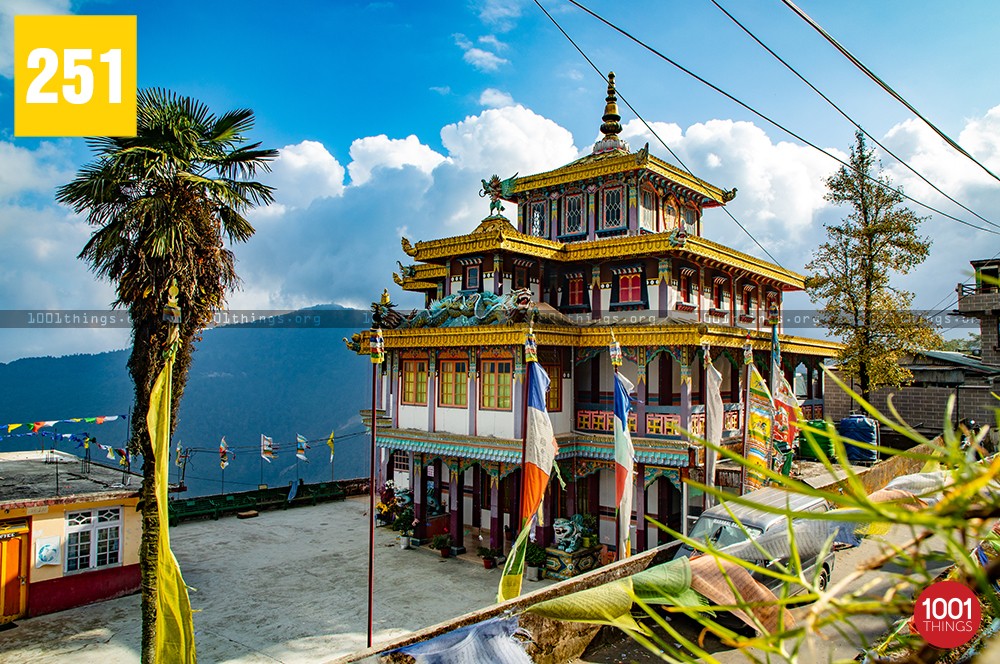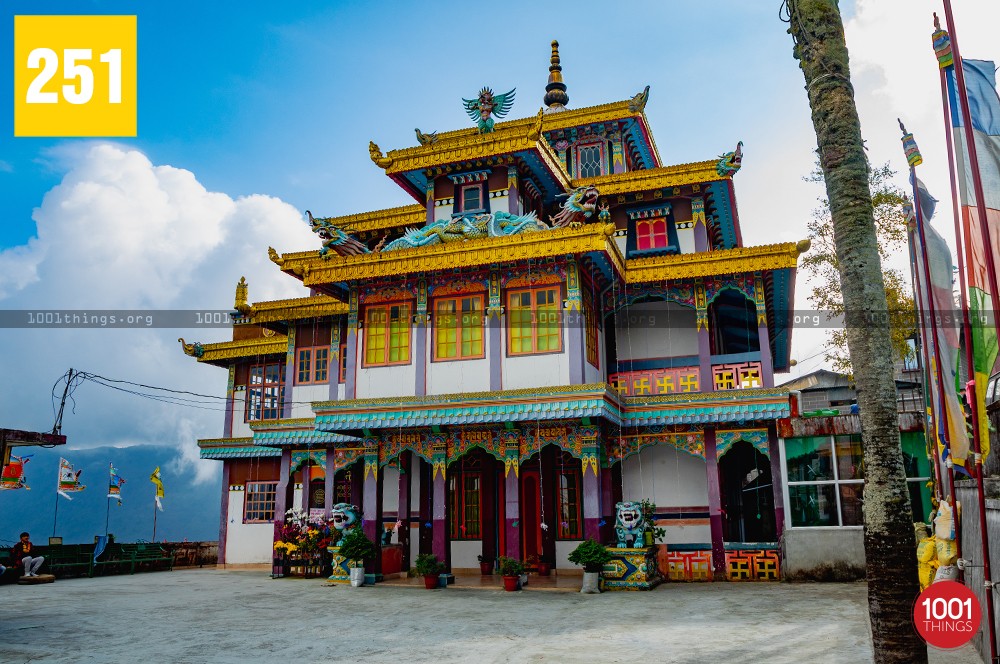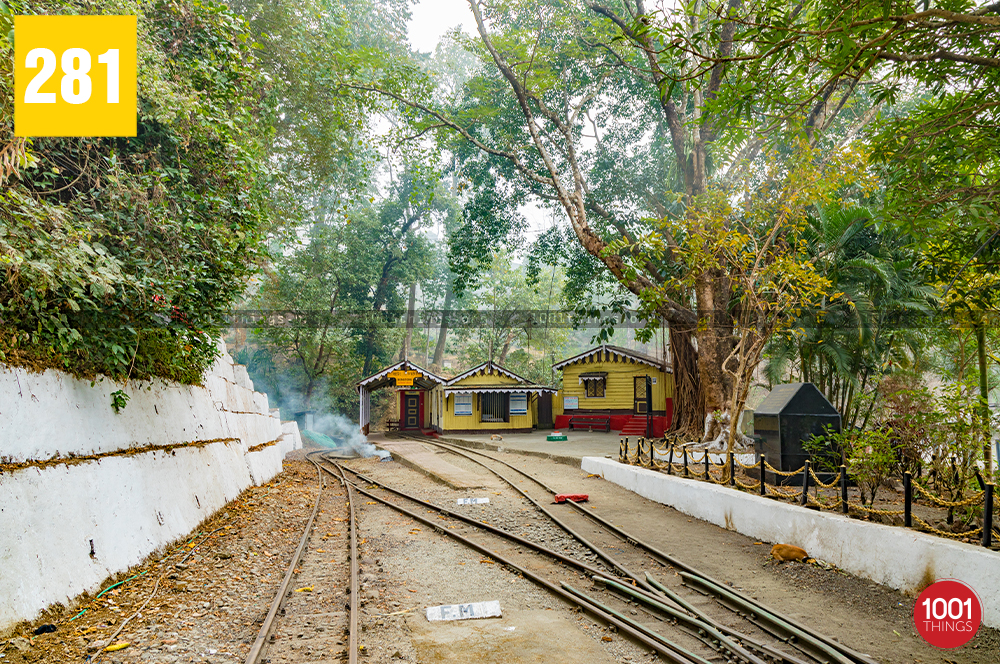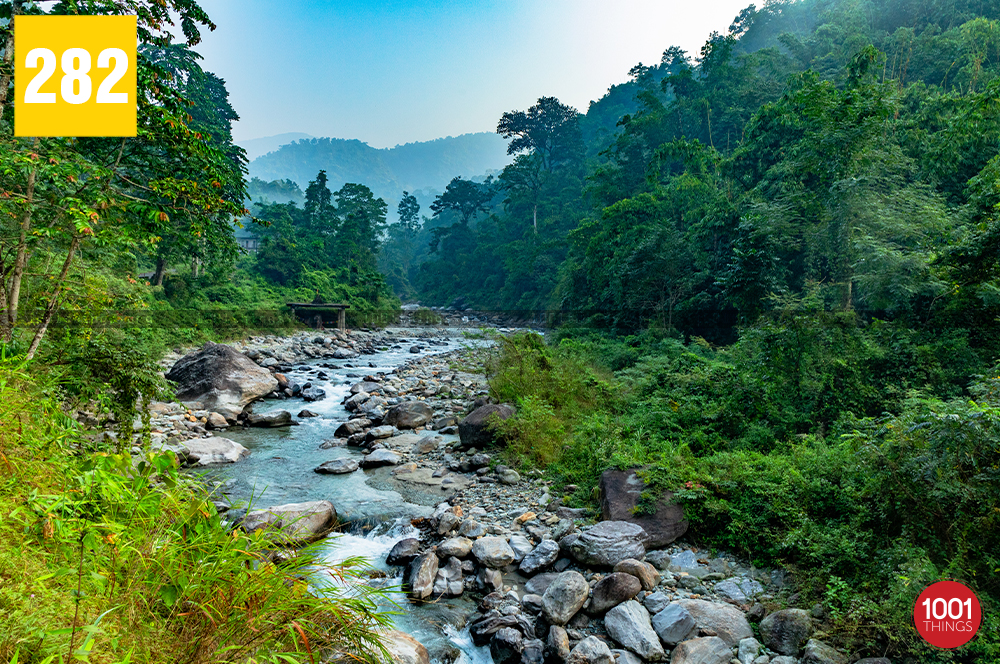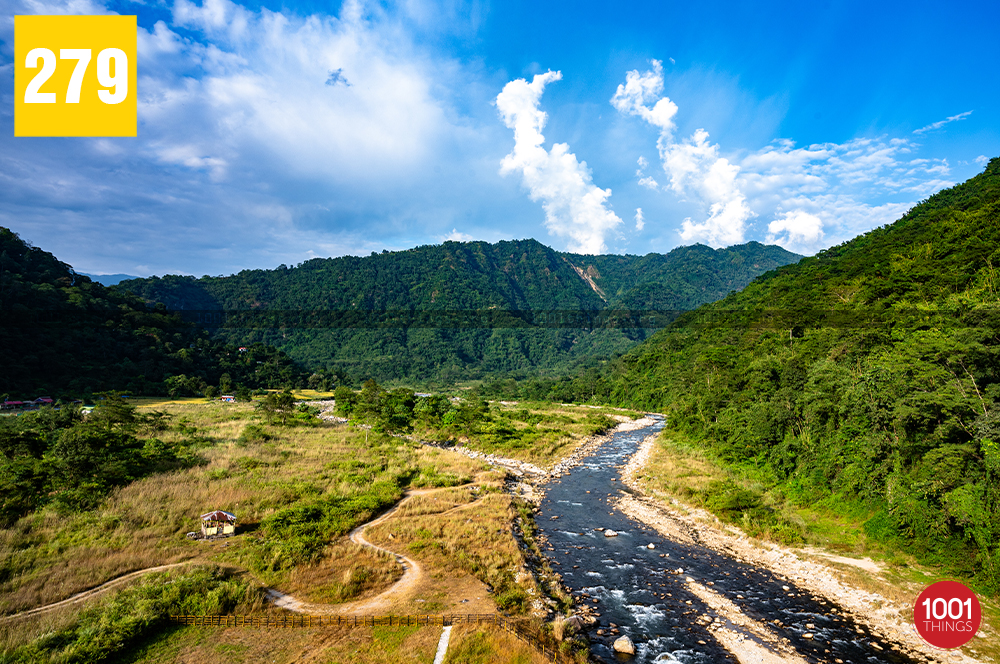One of the oldest monastery to visit in Darjeeling.
Sangay Lama, a highly revered religious leader of the Yolmo people belonging from North-Eastern Nepal who later settled in Darjeeling, built Mag-Dhog Yolmowa Monastery during the beginning of the First World War in the year 1914. Additionally, the monastery is one of the oldest Buddhist monasteries in Darjeeling. It is situated in the small beautiful village called Aloobari, located about 3 Kms from the town of Darjeeling. Hence, it is popularly known as Aloobari Monastery.
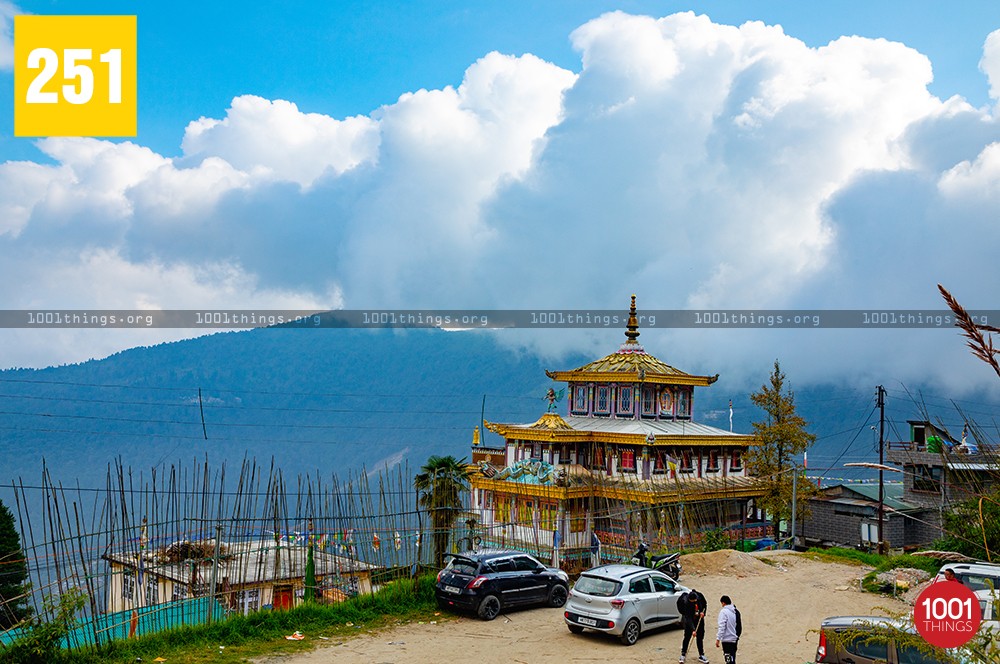
Mag-Dhog Yolmowa Monastery: A Symbol of World Peace and Yolmo Culture.
Mag-Dhog Yolmowa Monastery was dedicated to the cause of world peace. Notably, its construction coincided with the beginning of the First World War, which inspired the name Mag Dhog. “Mag” means war, while “Dhog” means peace. Consequently, the monastery aimed to ward off war and promote peace. Moreover, the monastery holds immense significance as a sanctum sanctorum for the Yolmo people, a small ethnic group. It has played a crucial role in safeguarding their distinct social and cultural identity.
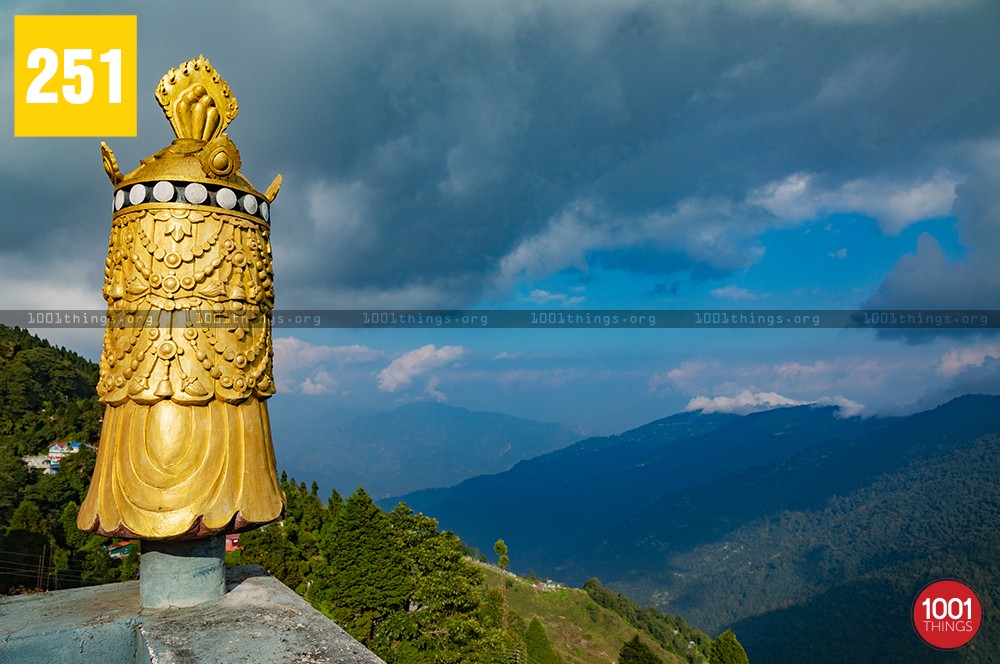
Preserving Ancient Buddhist Manuscripts
The monastery also preserves several ancient Buddhist manuscripts. Moreover, it safely conserves rare gold-inlaid Tibetan manuscripts with more than 600 pages. These manuscripts are scripted in an ancient Tibetan text called Gyetongba, which contains teachings of Buddhism. Furthermore, the manuscripts are written in the Tibetan script Sambhota, named after its inventor. There are two volumes, with one containing 322 pages and the other containing 296 pages. Remarkably, each volume contains 8,000 verses. According to historical accounts, these manuscripts were brought from Helambu, Nepal in the early 18th century.
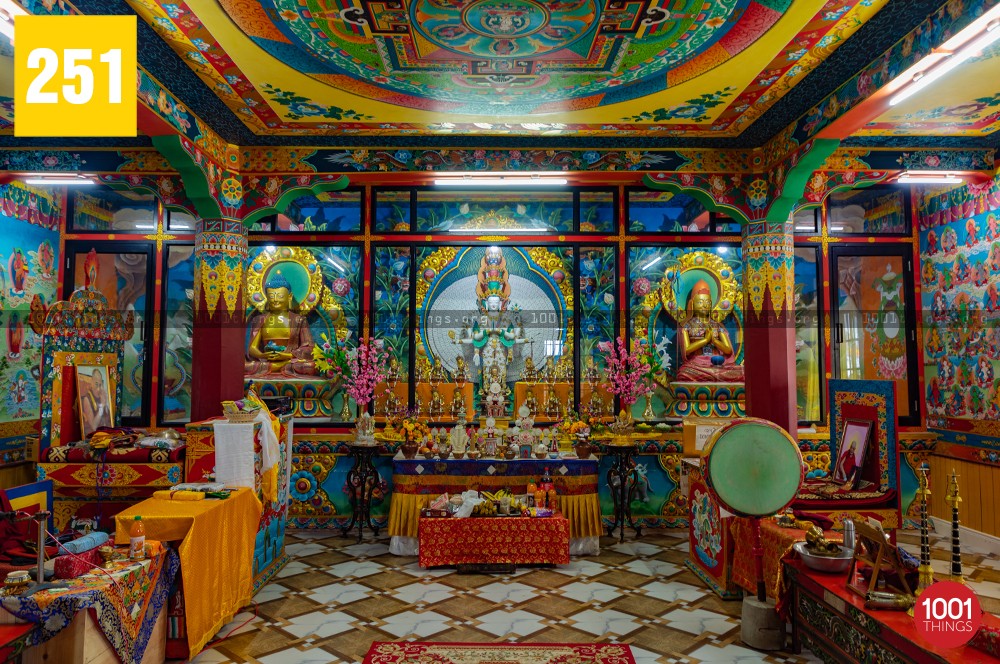
The New Monastery and Its Artistic Beauty
Lama Nima Chhogyal, an eminent son of the head priest, constructed the new monastery on the land donated by an anonymous benefactor. This initiative came after the original small single-storeyed structure was damaged by the earthquake of 1934. Consequently, the new monastery was completed in 1937. Notably, the monastery belongs to the Nyingma Dorjay Drak traditions. Furthermore, it serves as a religious center open to all Buddhist communities.
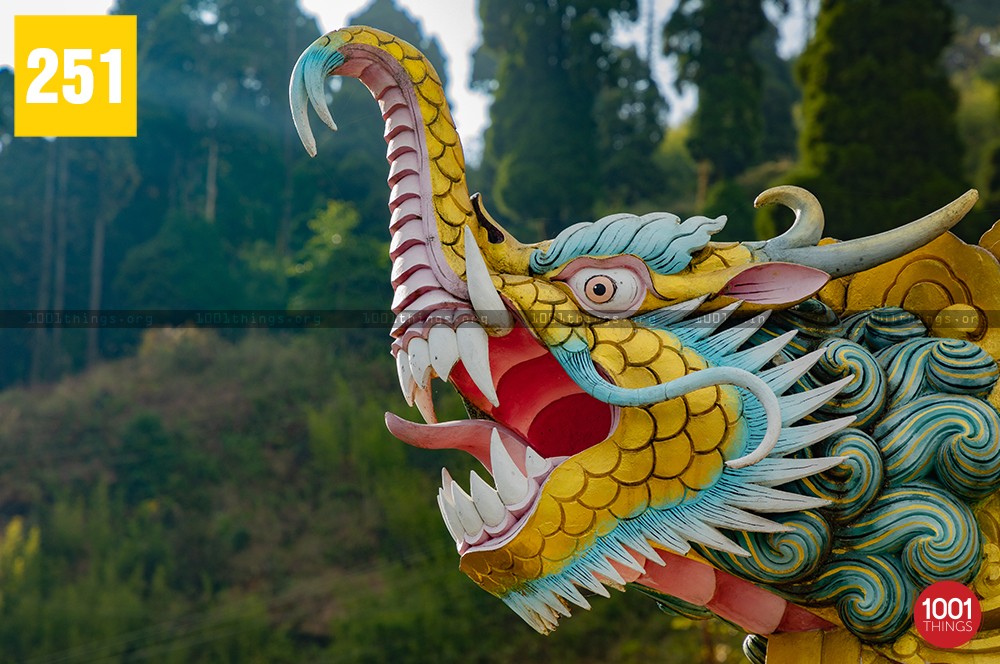
Four important dignities in Tibetan Buddhism.
In Tibetan Buddhism, people believe that the statue of the four directional dignities, tigers, snow lions, dragons, and garuda, serves to protect not only their dreams but also their minds. Moreover, these statues are believed to safeguard Buddhism and Dharma. These four dignities, also known as the four Gods or the four auspicious ones, are considered the most powerful deities. As a result, people have installed these statues in different directions of the monastery.
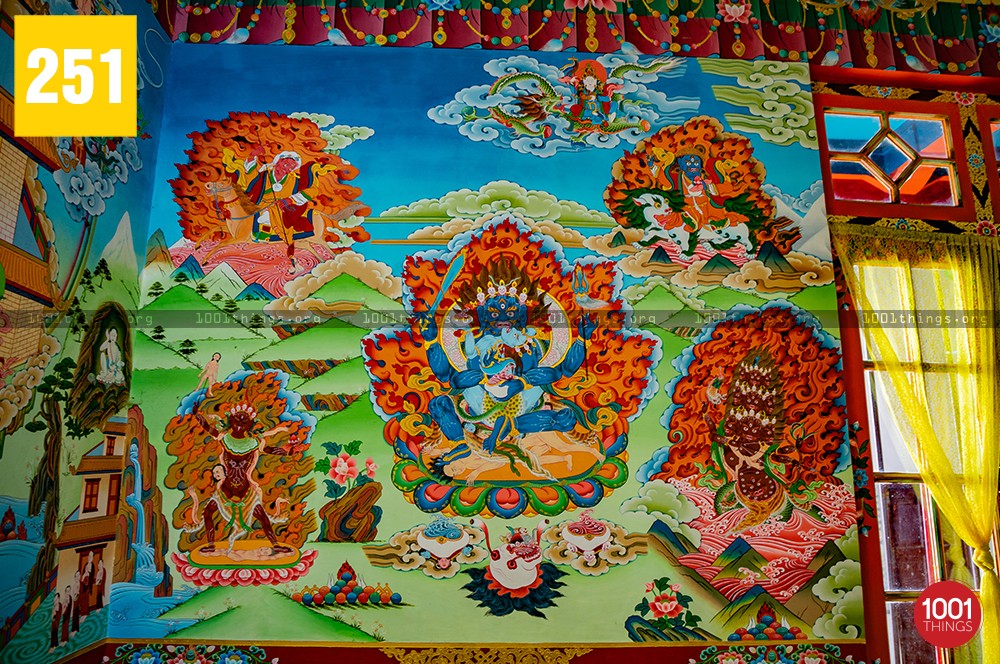
Idols and Statues
The artists painted the interior of the monastery beautifully with traditional Buddhist wall paintings called Thangkas. These paintings depict the life of Lord Buddha, his teachings, as well as those of other Buddhist deities and Bodhisattvas. Notably, the most prominent subject depicted in these paintings is Bhavachakra or Kaalchakra, representing the wheel of life or wheel of time, respectively, which visually symbolizes enlightenment. Interestingly, the artists used natural herbs and grass to create these intricate paintings. Additionally, the main hall of the monastery contains statues of Chenrezig, Vikchuni Kamala Devi (Gelug Palmu), and Amitava Buddha. Moreover, there are also altars and dedicated spaces for monks and worshippers.
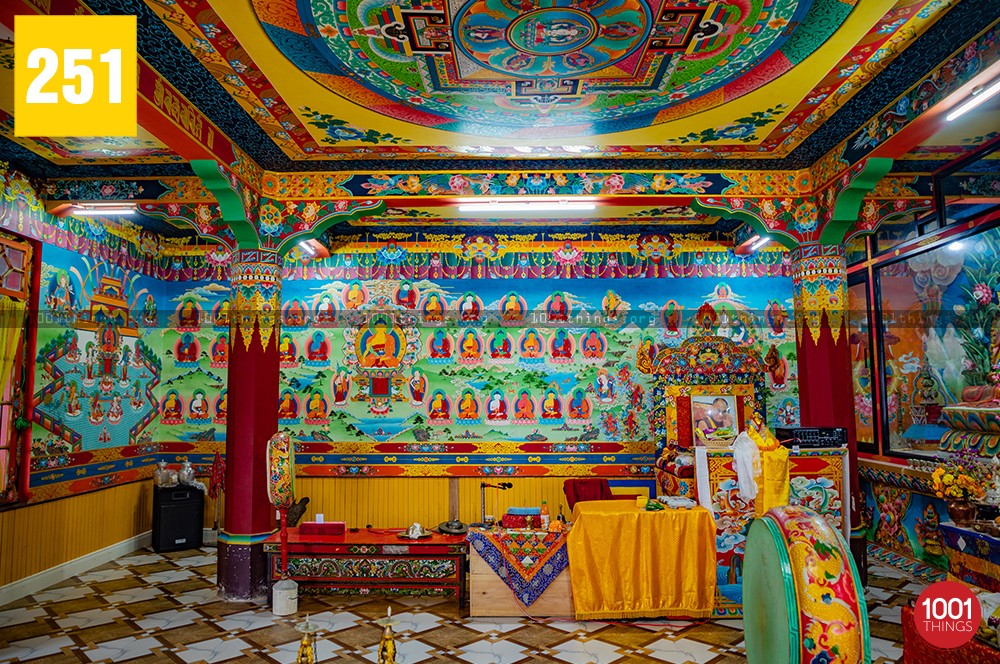
The idol of Guru Padmasambhava, Mendharava, Khando Hissey Chogyal, Mahaguru Dorjay Dhakpochal, and Khasarpaani Chenzirig are installed on the first floor of the monastery. Additionally, the top floor features a small chamber with the statue of Shakyamuni Buddha, along with his two principal disciples Sariputra and Maudgalyayana. Furthermore, the chamber houses numerous small idols of Lord Buddha.

The monastery offers the best view of the stunning Eastern Himalayan range.
How to reach here ?
Those who love to hike can plan a trip and walk all the way from the Chowrasta (The Mall) or via Jalapahar, allowing them to explore other places in between. Alternatively, vehicles are easily available from Clubside or Chowrasta itself. Additionally, there is another route from Jorebunglow, which is just 2 Kms away.

